Zoggle_LLC
joined
Zoggle is a two-man studio operating in Illinois. We're happy to announce our first game: Daemon Club and start sharing it with the community.
When you're staring the enemy down and you need to command your daemon to take action, you'll have to choose from a set of their known techniques to utilize in battle. Daemons can learn techniques that do all sorts of things: some ignite their enemies on fire and others will conjure a gust of wind to blow their enemy off the battlefield. Deciding what technique your daemon should use is crucial for obtaining victory. This week we'll review a few techniques and talk about how best to utilize them.
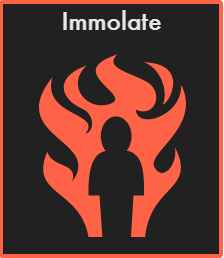
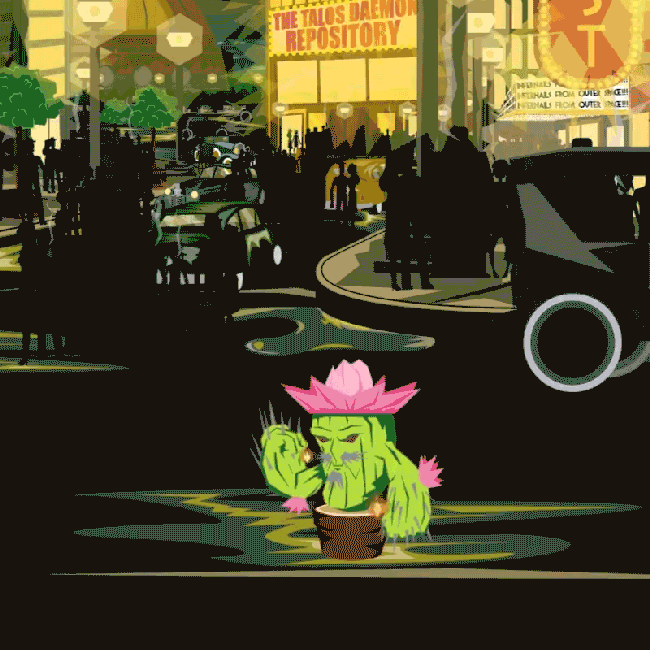
First, let’s take a look at Immolate. Immolate is a pretty basic technique at first: it just deals fire damage. However, once you’ve used immolate once, every consequent use on the same daemon will deal significantly boosted damage. Because of this, it’s better to use Immolate when you know you can get that second hit off. Additionally, your opponent is much more likely to switch daemons to avoid that big second hit. The most interesting thing about Immolate, though, is that it doesn’t matter which daemon used Immolate first: so long as the enemy has been Immolated before, any other daemon on your team can capitalize on the boosted damage.
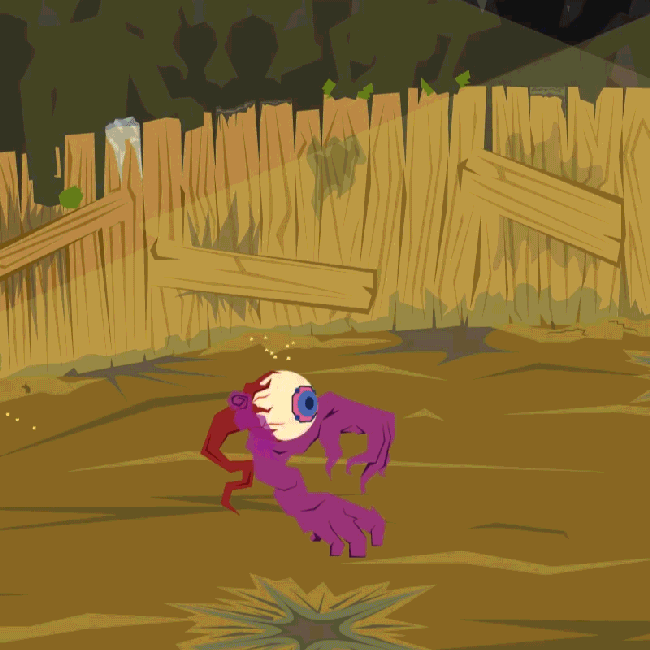
Next up is Dark Ambition. Unlike Immolate, Dark Ambition doesn’t do any damage, but it’s still useful! Instead, it raises each of your stats (except health) by 1 stage (about 33%) at the cost of 20% of the health of ALL your daemons. This may seem like too great a drawback to make the technique useful, but that effect is really powerful. To make the most of it, you want most of your other daemons to already be banished and out of the fight. That way, losing 20% of their health doesn’t matter since it’s already at 0.
To make the most of it, try to build a team that focuses on making a lot of trades and utilize Dark Ambition as a final cleanup after the other daemons on your team have done their job.
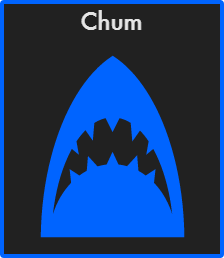
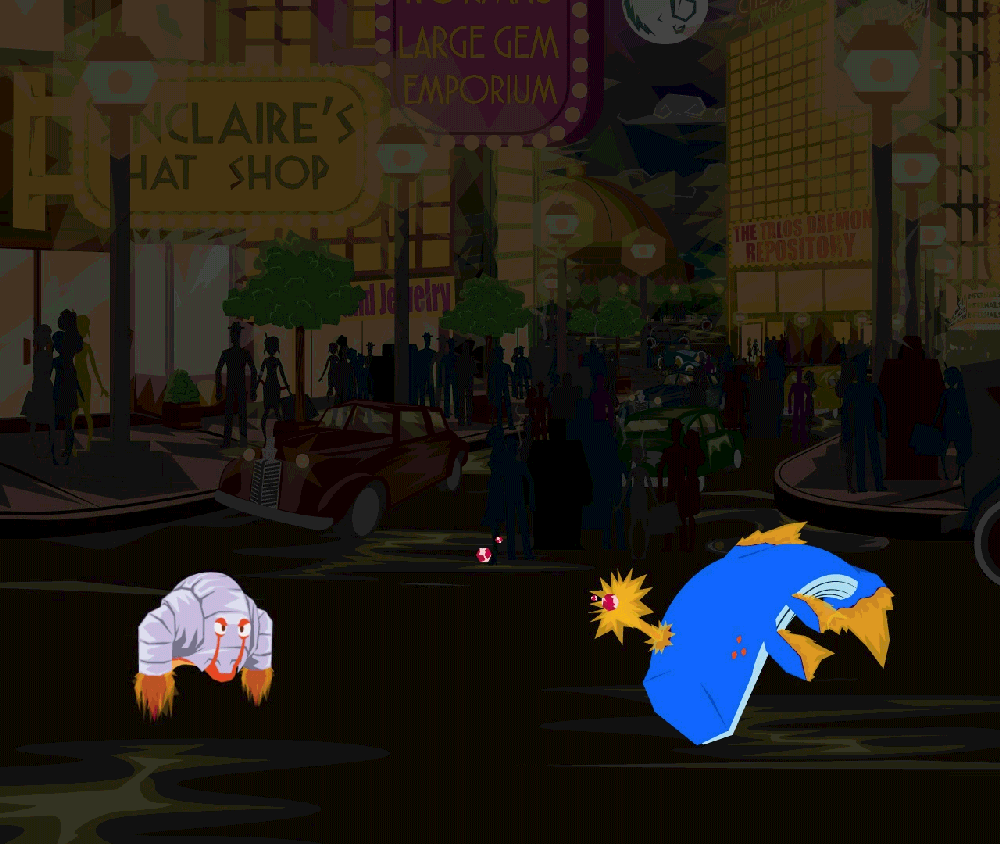
Chum is the last card we’ll cover and it’s also one of our favorite techniques to watch. Like Dark Ambition, Chum doesn’t do any damage on its own, and like Immolate, it deals a lot of damage if you have used it before. You didn’t misread that: Chum is a delayed damage technique. Once you’ve used Chum once, the opponent’s field has been “chummed”. When you use the technique again, a massive sea monster will rise up and chomp on your opponent. Just like Immolate, the daemon that triggers the sea monster to rise doesn’t have to be the same daemon that used it first. However, unlike Immolate, Chum works even if the enemy daemon switches out. In order to make the most use of Chum, play around the fact that it doesn’t technically deal any damage, hits very hard when it goes off, and plan out which of your opponent’s daemons is most likely to get hit.

That’s it for now, we’ll be doing more coverage of gameplay in the future but right now we’re working hard on getting our open alpha environment stable.
Thousands of years ago, a doomsday cult attempted to bring about the apocalypse. Anticipating a horde of bloodthirsty demons, they were disappointed when the creatures they summoned had no interest in wreaking havoc and desecrating the earth. Instead, they remained content to loiter between worlds. Over time, groups of humans learned to control and tame daemons. Now these people, called Evokers, compete against each other for prize money to see who is better at commanding daemons The best Evokers plan elaborate strategies, participate in organized competitions, and are treated like celebrities.
You will take on the role of an Evoker who has just become a member of the Steel City Daemon Club. As an Evoker, you’ll have the ability to command up to 6 daemons in combat against your opponents. Each daemon has different strengths and weaknesses and it will be up to you to choose what daemons you want on your team.
Below you’ll see Aridia, our mascot, Floatilla, whom you met in our last art post, and Revenoth, a fresh face! The first thing you’ll notice on the card are the daemon’s name at the top, their portrait, and the colored border. While the name and portrait are self explanatory, the border lets you know at a glance what phylum/phyla a daemon belongs to. Phyla categorize daemons by their strengths and weaknesses against other phyla. Aridia is a plant daemon (bright green border), Floatilla is an Air / Explosive daemon (pale green / orange border), and Revenoth is an Ice / Spectral daemon (light blue / purple border). If you don’t happen to remember what color belongs to what phylum, no problem, just hover over the daemon card (you can tap on it if you’re on mobile) and it will tell you what phyla that daemon belongs to.

While you’re hovering over the daemon, you’ll notice that there are some bars and icons that appear beneath its phyla. These are a daemon’s base stats. There are 6 stats in Daemon Club that gauge what each daemon excels at doing. You can hover over each icon to see the stat description and hover over the bar to see the exact stat value. Health, toughness, and resilience are defensive stats that determine how much of a beating your daemon can withstand, while power, energy, and speed are offensive stats that indicate how much of a beating your daemon can dish out.
Below the stats, you’ll notice that there’s some information about the daemon’s dimensions. Its height and weight are measured in meters and kilograms. Below that, you’ll see a list of tags associated with a daemon. These are qualitative descriptions of the daemon that indicate what characteristics it has. A daemon’s height, weight, and tags are used by some techniques to decide how much damage they do or if some effect will be triggered.
Next time, we’ll cover the various techniques that daemons get to use in battle and how to use them effectively!
Hi we're Zoggle, a studio based in Illinois and we're officially announcing our game: Daemon Club! We've been working on this game for over a year now but we want to start reaching out to the community for freedback.
Daemon Club is a turn-based strategy based on classic JRPG combat systems with a few modern adjustments. Players will control a team of daemons to compete in multiplayer and story-mode combat. You'll be able to customize every aspect of your team to fit your personal playstyle.
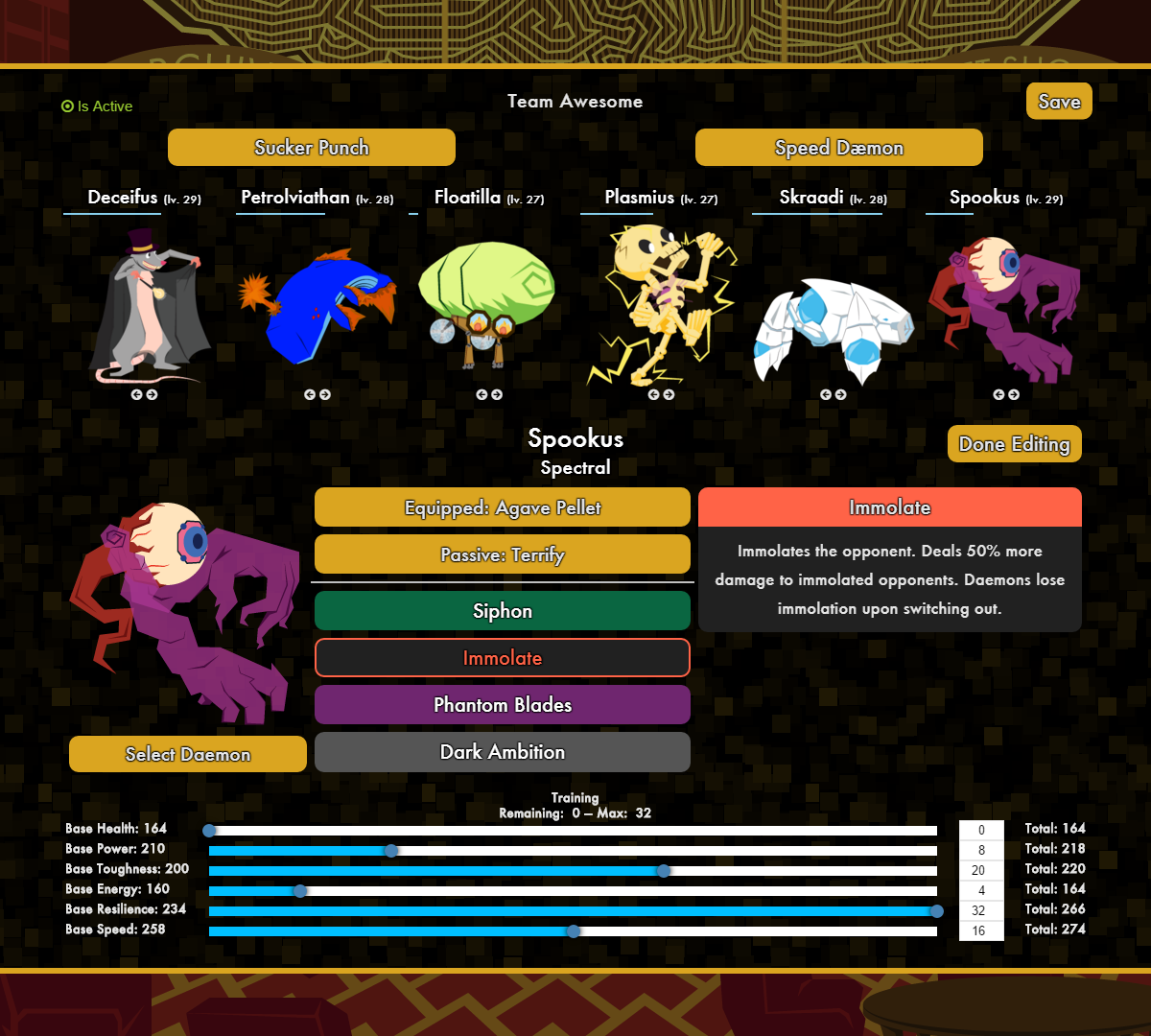
Like most games in the genre, you will control one daemon at a time from those on your team. Each turn, you and your opponent will have to make a decision on how to act. You can instruct your daemon to perform a technique, switch places with a benched daemon, or invoke a special power. Each daemon is designed with certain playstyles and strategies in mind, but part of the fun is trying to come up with unique combos that break expectation.

We'll be posting more updates as we complete tasks, so stay tuned to keep up with the latest developments at Daemonclub.com



